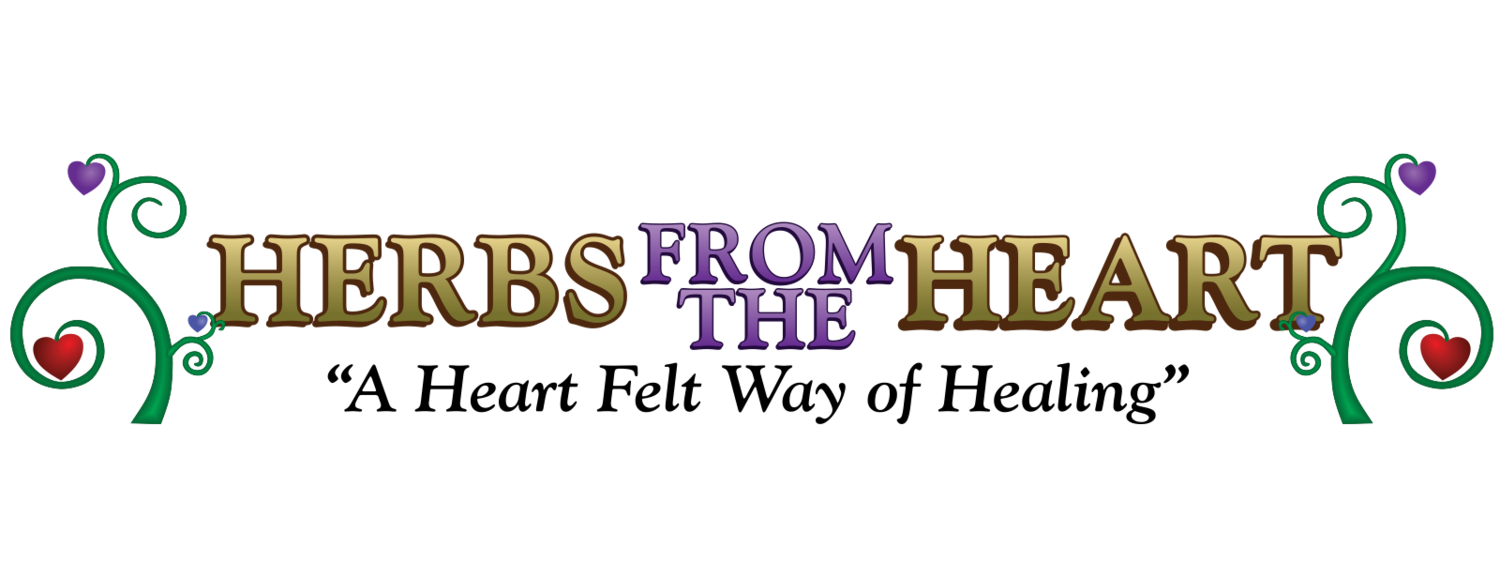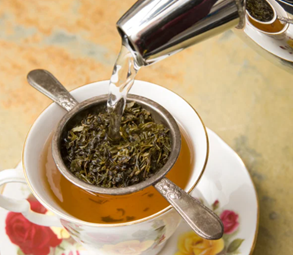Brew Your Own Bliss (BYOB): Crafting Herbal Teas at Home, Part 1
*This article is part 1 of 2, with part 2 releasing on Wednesday, May 8th.
Once you’ve made your way through both parts 1 & 2 of our tea crafting guides, you’re going to feel empowered to create your own looseleaf teas at home. Your world will never be the same, and you’ll be hosting dinner parties just to show off your toolkit, knowledge, and crafting abilities. Don’t believe me? That’s ok, I might be exaggerating (slightly).
Today we’re going to discuss the why and what behind teas, and Part 2 will break down the how. If you’re already a tea drinker, great. You’ll find some ways here to begin expanding further! If you’re not [yet] a tea drinker, prepare for this crazy thought: you don’t have to be an “either/or.” I drink coffee AND tea. Weirdo, right? But it’s the same as when people ask: “Are you a cat or dog person?” I’m a “whatever animals don’t immediately threaten my life” person- I will pet and hang out with anything and love it. Just know: it doesn’t have to be an all-or-nothing approach. You can even mix teas into your coffee (to taper off coffee, to add more flavor, you name it), and even into other beverages.
Let’s begin by exploring an important arena:
Tea Bags vs. Loose Leaf
The advantages of using tea bags are abundantly clear: Ease, simplicity, compliance, and the mixing of many components into a single tea bag without having to buy them separately. Convenience and speed meet the abundant flavor appeal that tapas deliver.
The Disadvantages?
Let me state, before my bandwagon fans incorrectly hop on board: I’m not against all tea bags. People have been incriminating ALL of them together, which simply isn’t right. Not all tea bags are “evil” (just some, hehe). I continue to use tea bags from certain companies, as some care deeply about the ingredients they use. But, be aware that some tea bags are not only unfriendly to your body, but also the environment.
A few specific disadvantages:
Control: Some Ginger tea bags we buy contain only 30% ginger and 70% other ingredients.
Ingredients & Sourcing: If you look at the ingredients on the box, you might notice things that aren’t herbs, such as “natural flavors.” Sourcing and quality can also become a difficult variable to confirm with some tea bags.
The BAGS: At the risk of promoting some while incriminating others, I will simply say do your homework. A lot of tea bags contain metals and microplastics that end up in your boiling water; others use simple materials like cotton.
So What is it About Loose Leaf, Then?
I will begin this section by noting I am biased. Okay, you’ve been warned.
I feel that loose leaf = more.
More minerals and nutrients
More taste
Typically more of the intended effect or benefit from the herbs
More bang for your buck
With that said, it’s also more work. It’s not as easy as using a tea bag (see, I can be impartial!). So, you can make a larger batch of tea, and store it in your fridge for up to 3 days (*but not longer, as after 3 days it can begin growing bacteria).
Your Toolkit
Hopefully, you’re beginning to feel more equipped already- and we’re about to provide you with some more EQUIPMENT for the actual making of the tea.
Where would I start? Whatever FEELS good. And feels like you can incorporate into some part of your daily/weekly routine. You can always expand later, but for now, meet yourself where you are.
Here are some tools you can consider. I’d recommend having several tea blends as well as several individual herbs, so you can get to know the herbs as well as what you’re personally drawn to:
> French Press
> Tea ball Or, a Mug Tea Strainer
> Mason Jars (Especially if you’re interested in making Sun Tea)!
> A Stainless Steel Pan (to simmer tea in)
*If you go this route, you’ll also want to accompany it with a Fine Mesh Strainer
Herbs from the Heart Tea Blends:
Adaptogenic Chai: Chai Cocoa Ashwagandha
To keep on hand for Colds & Flus: Cold Flu Away
When wanting that afternoon coffee--- Herbal Coffee (*Not caffeinated)
A great blend for Sun Tea: Moringa Mint Tea
Individual Herbs
Hibiscus
Ginger
Peppermint
Dandelion
Lavender
Chamomile
Echinacea
Nettle
Lemon Balm
For taste: some good quality honey
PART 2 COMING SOON
Andrea and I spoke about having a special mug, inviting you to pause and enjoy the beverage you’re experiencing. Maybe everyday isn’t a day for slowing down (we know how busy this world is). So have a “gotta run out the door soon” mug, and a “I earned this moment of peace” to honor yourself, mug. Rather than viewing making your delicious, nutritious tea as a to-do, get lost in the ritual and make it part of your routine to start the day or winding down after dinner. After all, plants are medicine and we’re connected to them.
Go out and get your tools, and come back in a few weeks on Wednesday, May 8th for “Crafting Teas: Part 2.” We’ll discuss how you can take everything from today to create teas using various methods, as well as a few creative ways to utilize teas throughout the year.
This article is for educational purposes only. Our articles have not been evaluated by the FDA and our products do not claim to diagnose, treat, cure, or prevent any disease.
About the Author
Tim Peters is the Founder of Mind Body Business as well as a Certified Herbalist. He provides 1 on 1 business coaching plus writing and copy editing for health professionals. If you want to connect or learn more about him:
Tim@mind-bodybusiness.com
www.mind-bodybusiness.com
Let's connect on IG!





